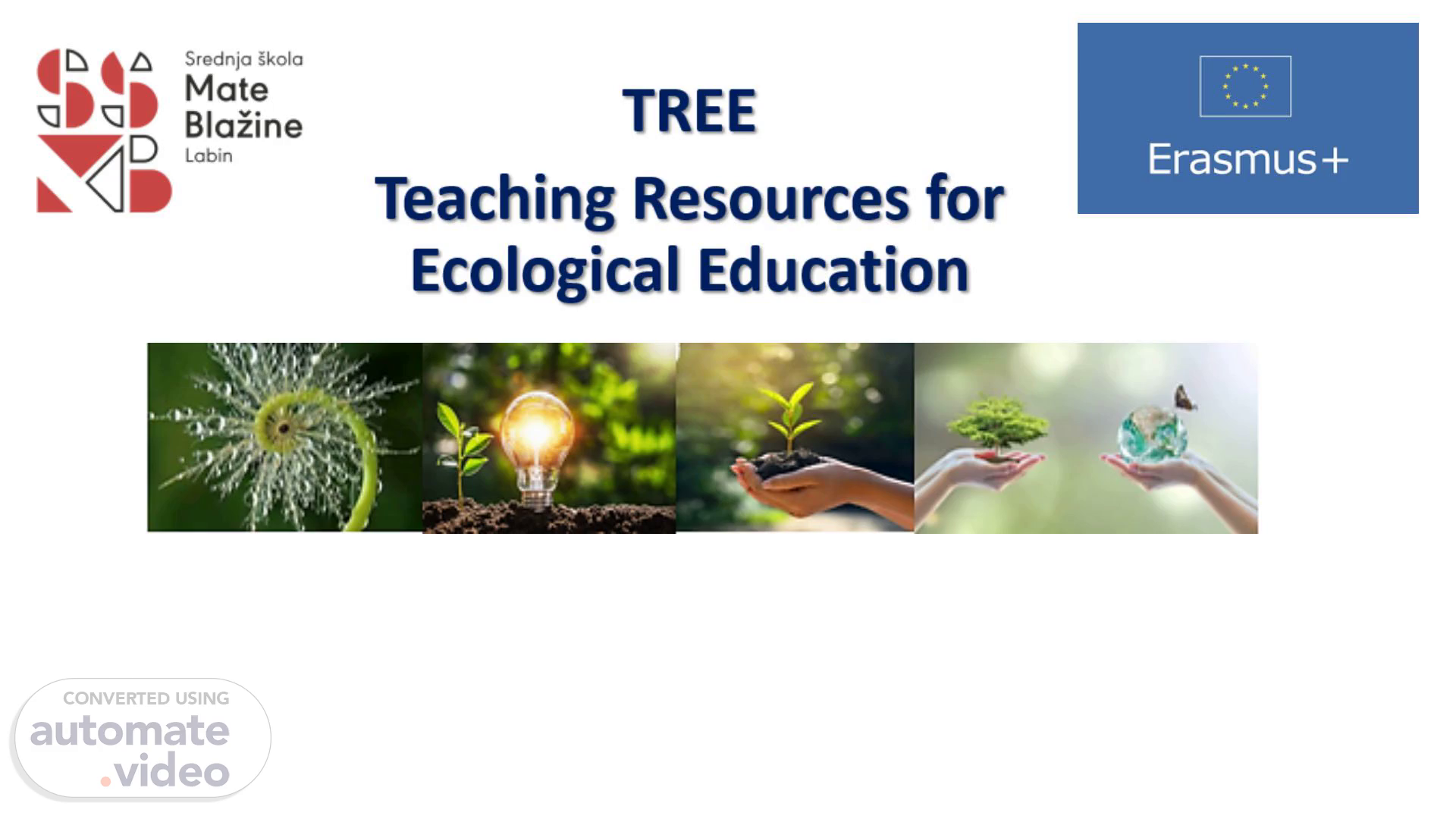Scene 1 (0s)
[Virtual Presenter] Hello, I am Olivera. Welcome to our Erasmus+ project in Labin. The main focus of our work is ecological education, especially water protection and the impact of microplastics. Our goal is to raise environmental awareness and develop practical skills in sustainability.” This project is hosted by Secondary School Mate Blažina in Labin, Croatia. The leading professors are Amneris Ružić Fornažar and Olivera Tadić, with the support of colleagues Ljiljana Štingl, Gabriela Dundara, and Keti Stepčić. Together, we will guide you through fieldwork and laboratory activities..
Scene 2 (46s)
[Audio] In this scenario, students will recognize the limited availability of drinking water, understand water cycles, and identify sources of pollution. The aim is to develop a systematic understanding of water protection and possible solutions to pollution. In the lab, teams will analyze their water samples. They will test parameters such as pH, hardness, dissolved oxygen, and the presence of various ions. They will also build simple filters to simulate purification and compare results before and after..
Scene 3 (1m 22s)
[Audio] Here are the most important LS1 definitions.
Scene 4 (2m 7s)
[Audio] The second scenario focuses on microplastics. Students will investigate how plastic pollution affects our environment, why it does not break down, and why it poses risks for marine life. This activity raises awareness of long-term pollution challenges. We will go out into the field in teams, collecting samples from different sources – streams, lakes, and the sea. Each team will receive equipment and instructions. This practical activity helps students connect theoretical knowledge with real-world examples..
Scene 5 (2m 41s)
[Audio] Here are the most important LS2 definitions.
Scene 6 (3m 12s)
[Audio] We will work on two learning scenarios: protecting water resources and the puzzle of microplastics. At the end, each team will present their findings on posters. They will explain their results and conclusions, while other teams evaluate the presentations. This develops communication skills, critical thinking, and teamwork. Finally, we will discuss what we have learned together. The main goal is to reflect on how water resources and microplastics affect our daily lives, and how we can contribute to sustainability through education and action..
Scene 7 (3m 48s)
[Audio] OUR WORK PLAN IN INTRODUCTION Students learn about limited drinking water, water cycles, pollution sources, and protection strategies. IN THE FIELD Teams collect samples from streams, lakes, sea. Practical work connects theory with real examples..
Scene 8 (4m 26s)
[Audio] Determining the quality of natural water BEFORE AND AFTER PURIFICATION..
Scene 9 (5m 5s)
[Audio] In the lab, students will measure microplastic particles by filtering samples, using salt separation, and observing particles with magnifying glasses or microscopes. This hands-on activity shows how tiny plastic particles are hidden in our environment. At the end, each team will present their findings on posters. They will explain their results and conclusions, while other teams evaluate the presentations. This develops communication skills, critical thinking, and teamwork. Finally, we will discuss what we have learned together. The main goal is to reflect on how water resources and microplastics affect our daily lives, and how we can contribute to sustainability through education and action..
